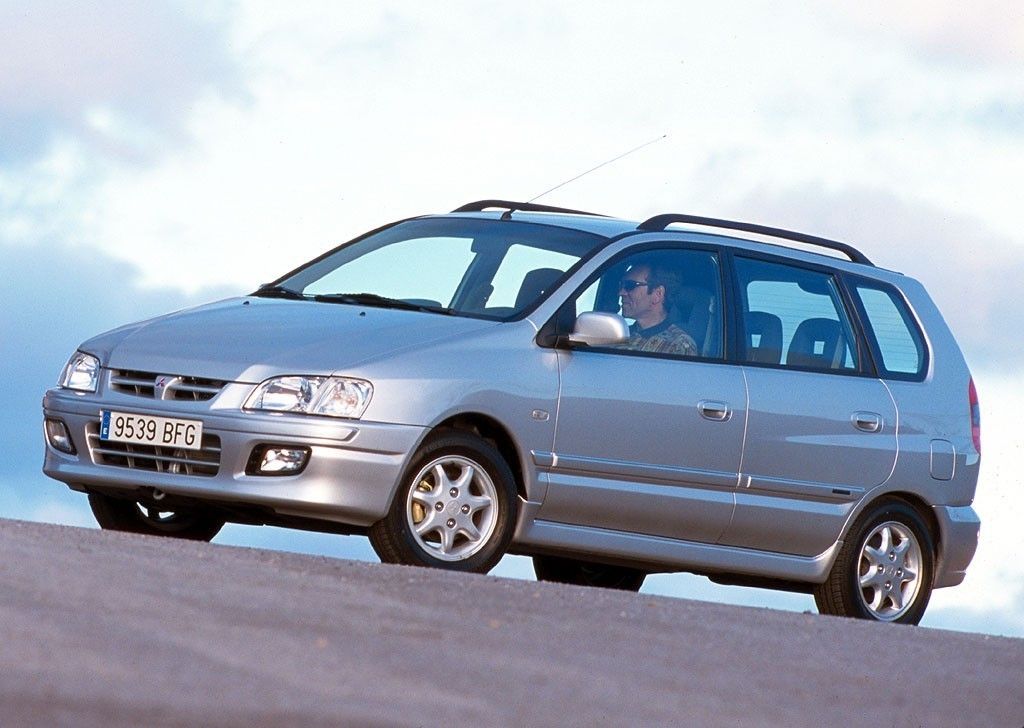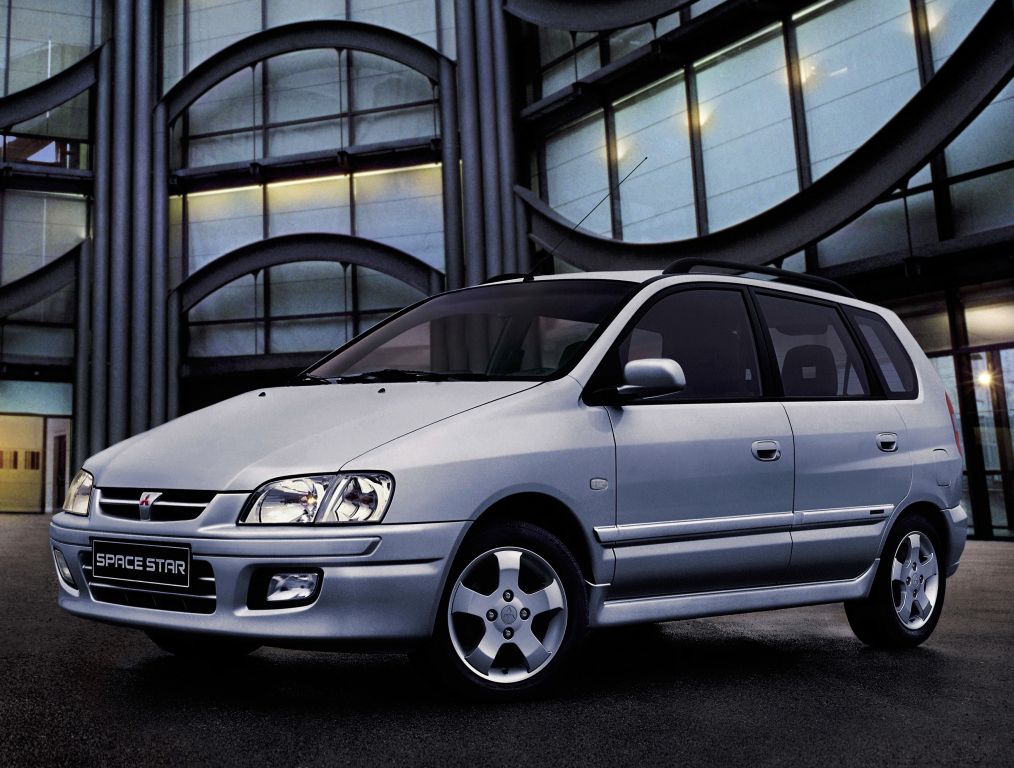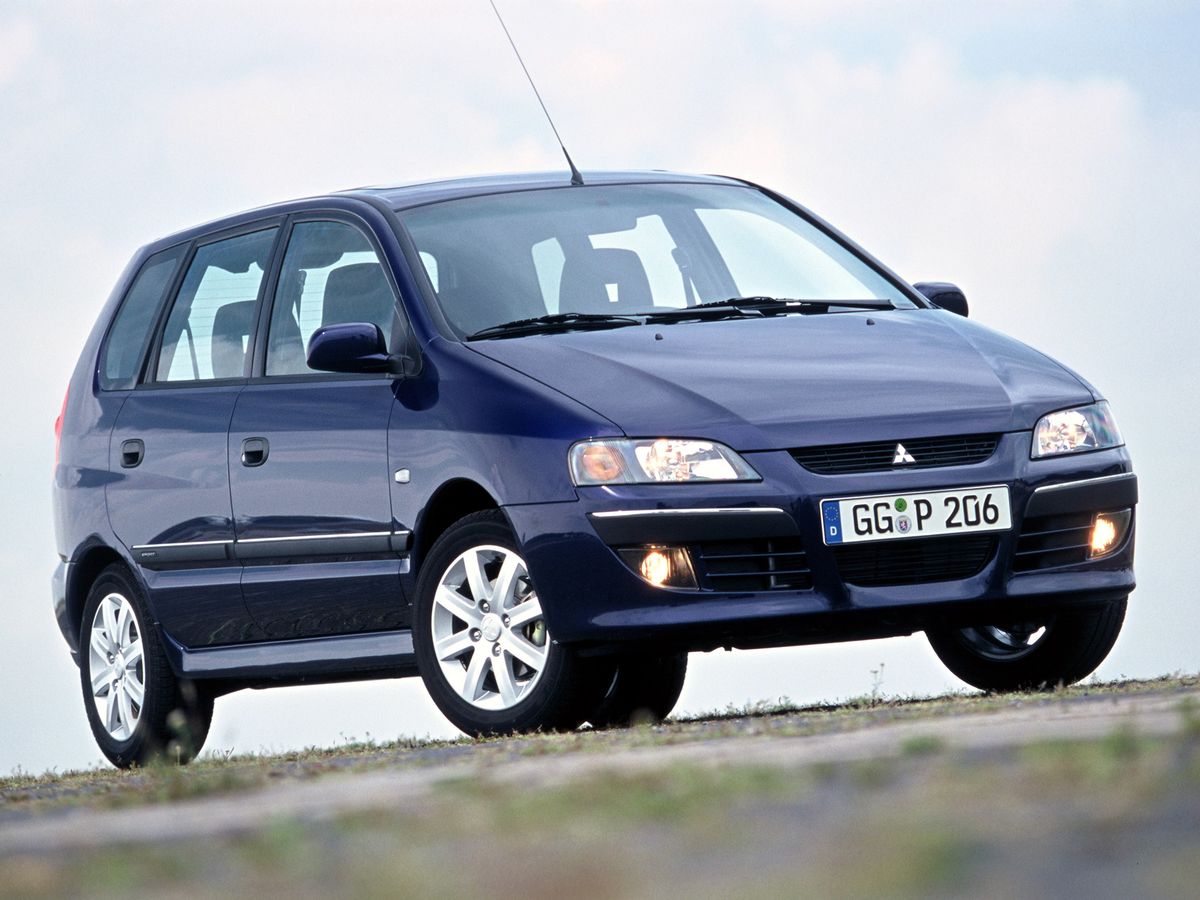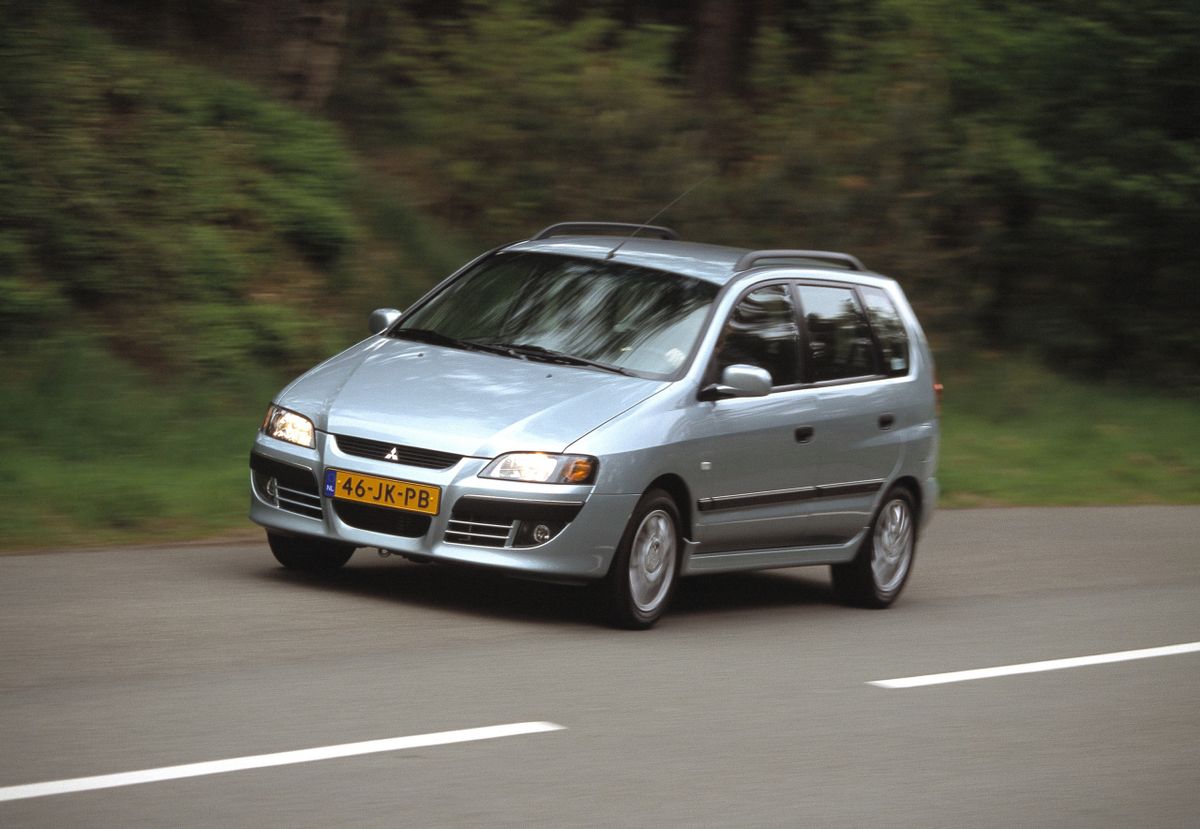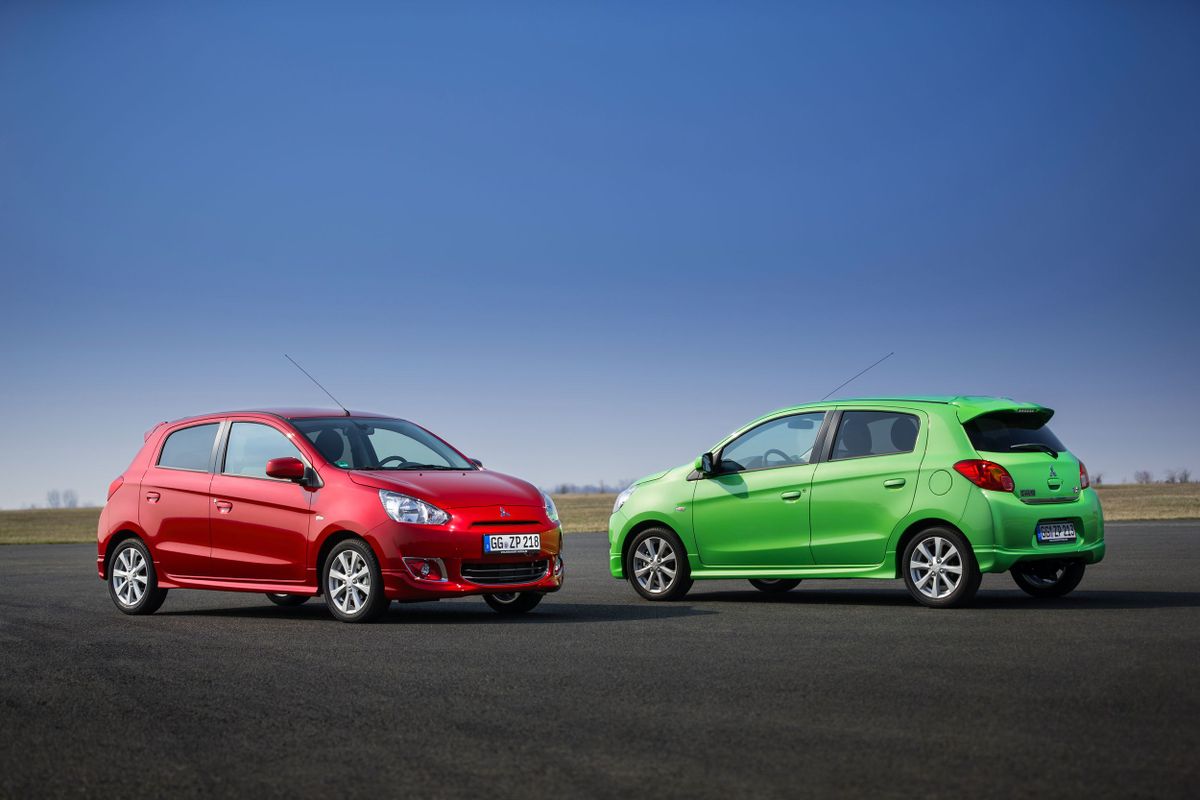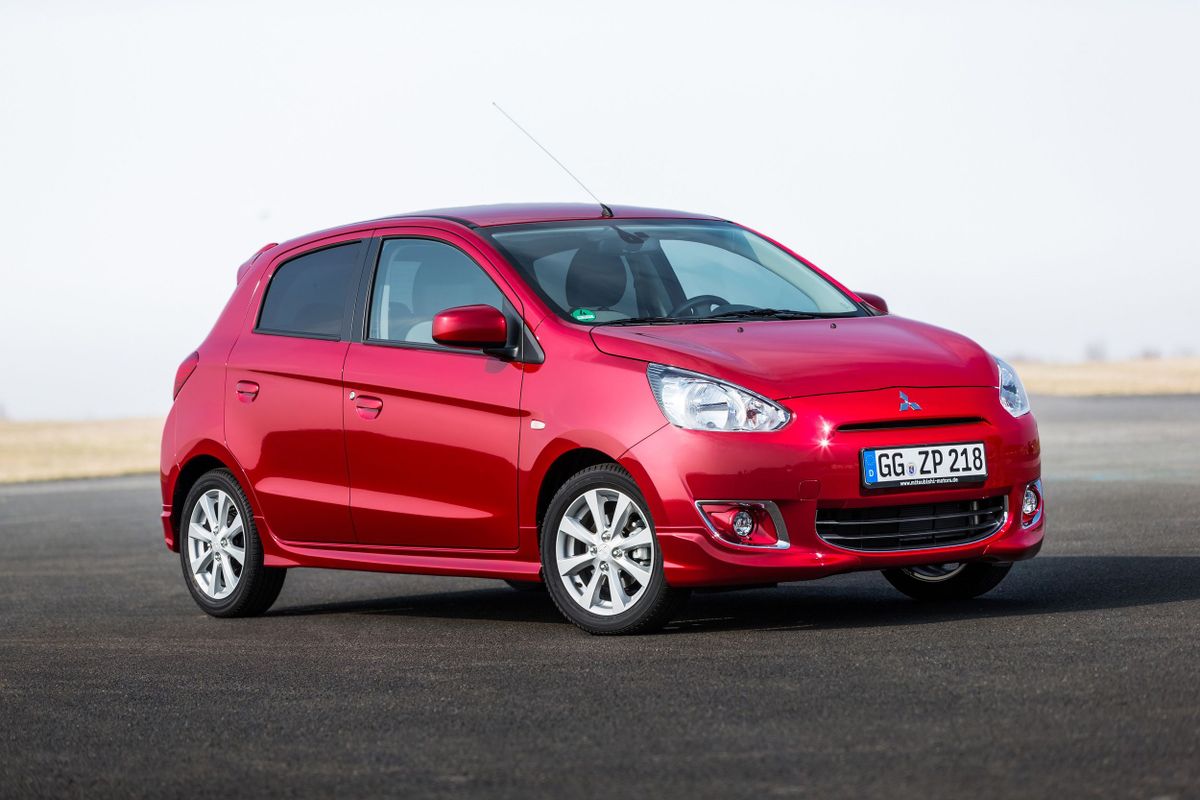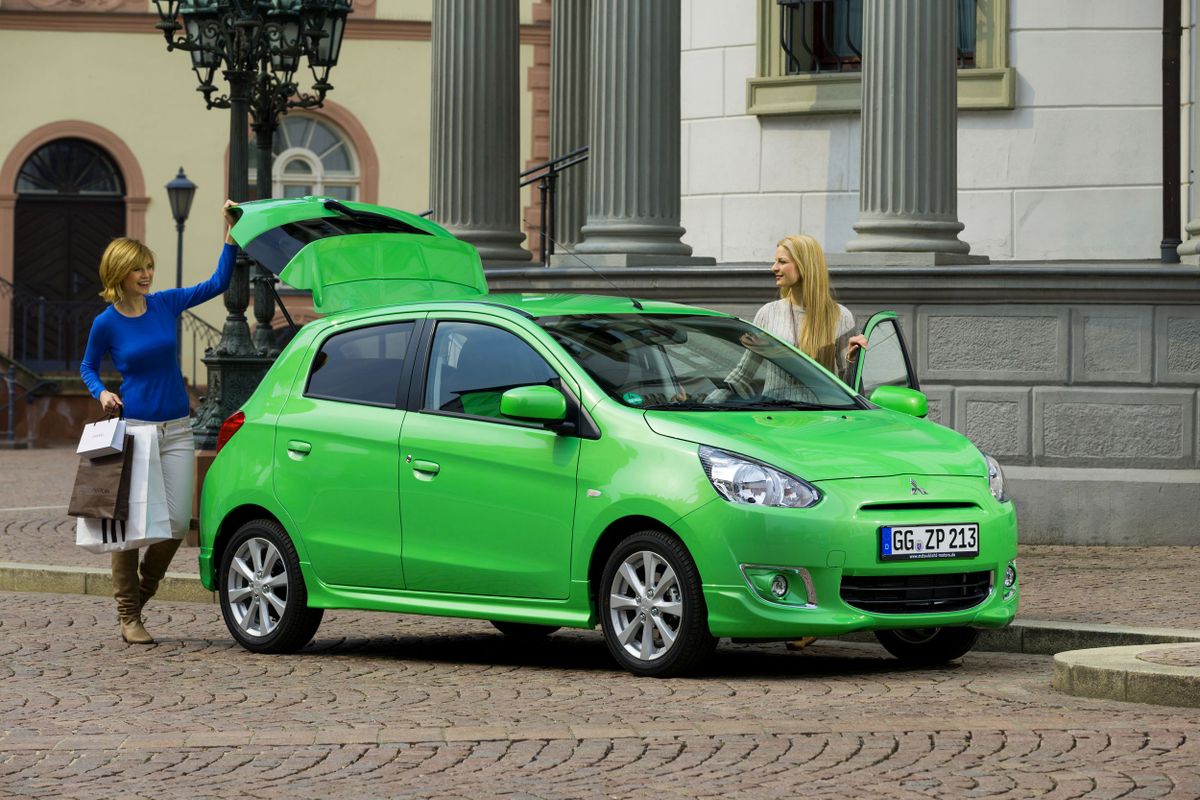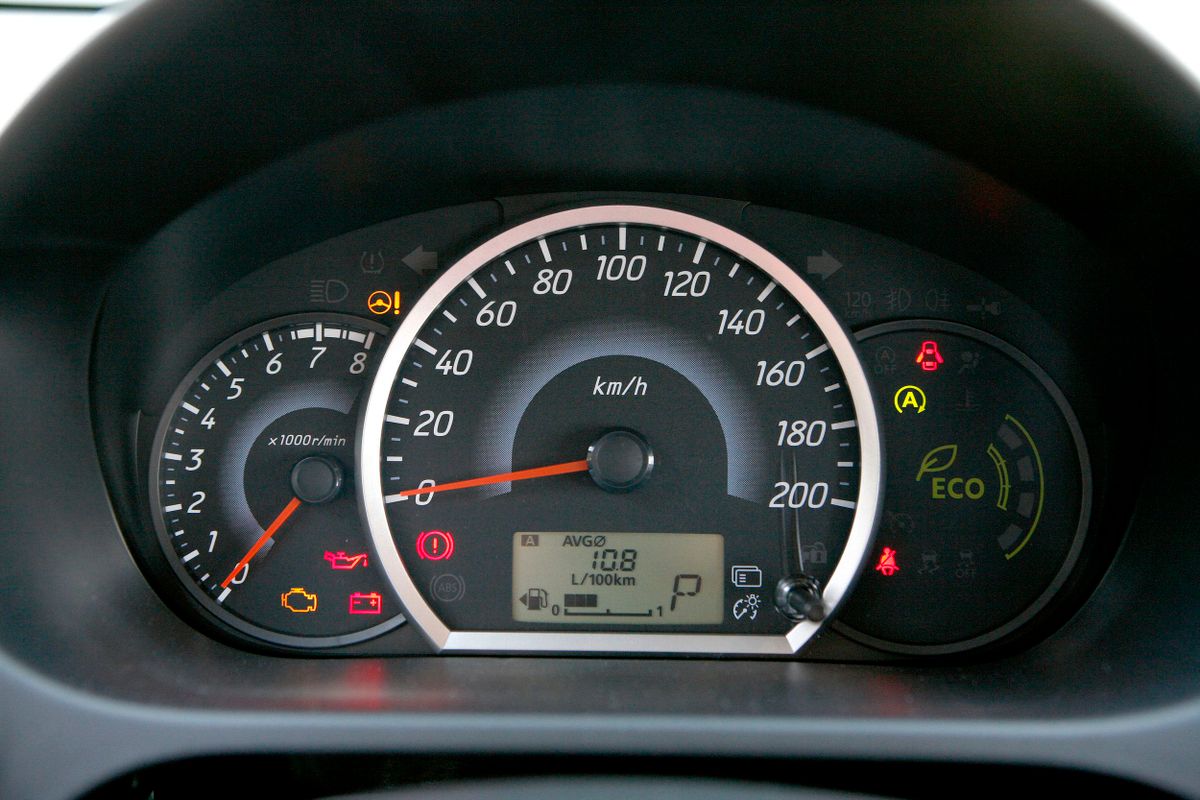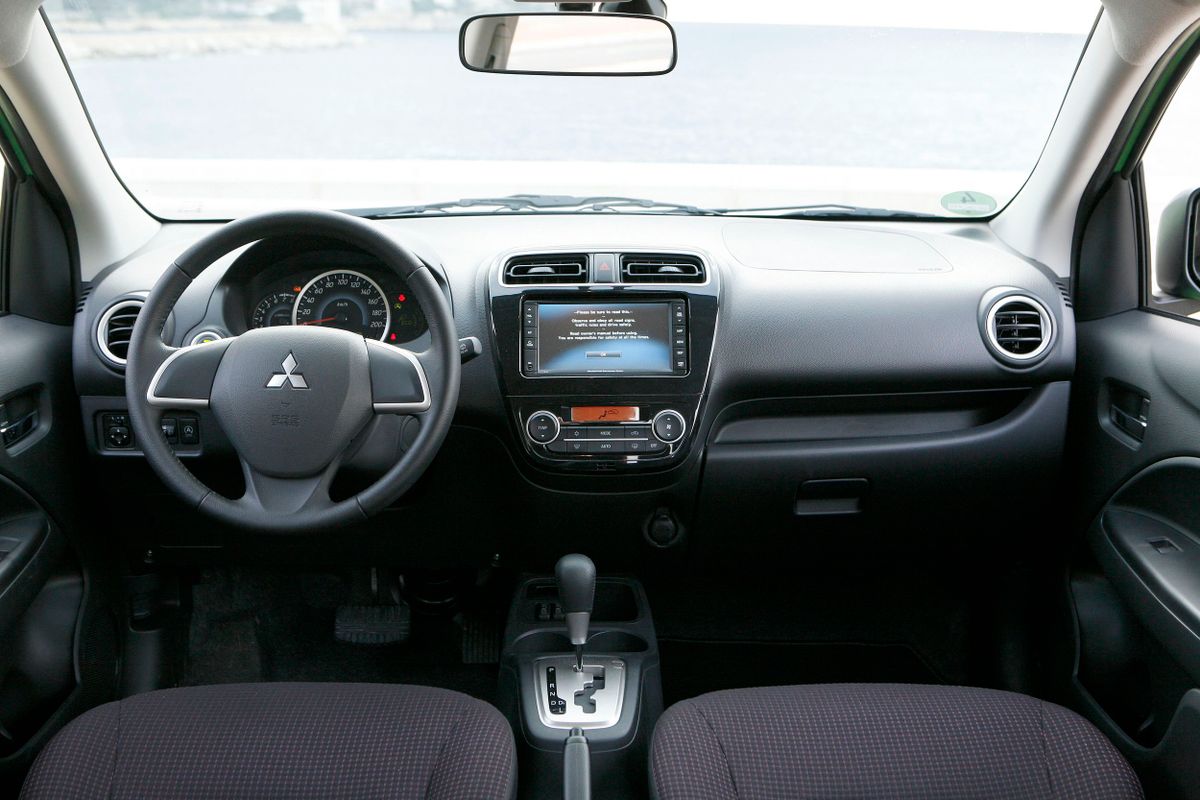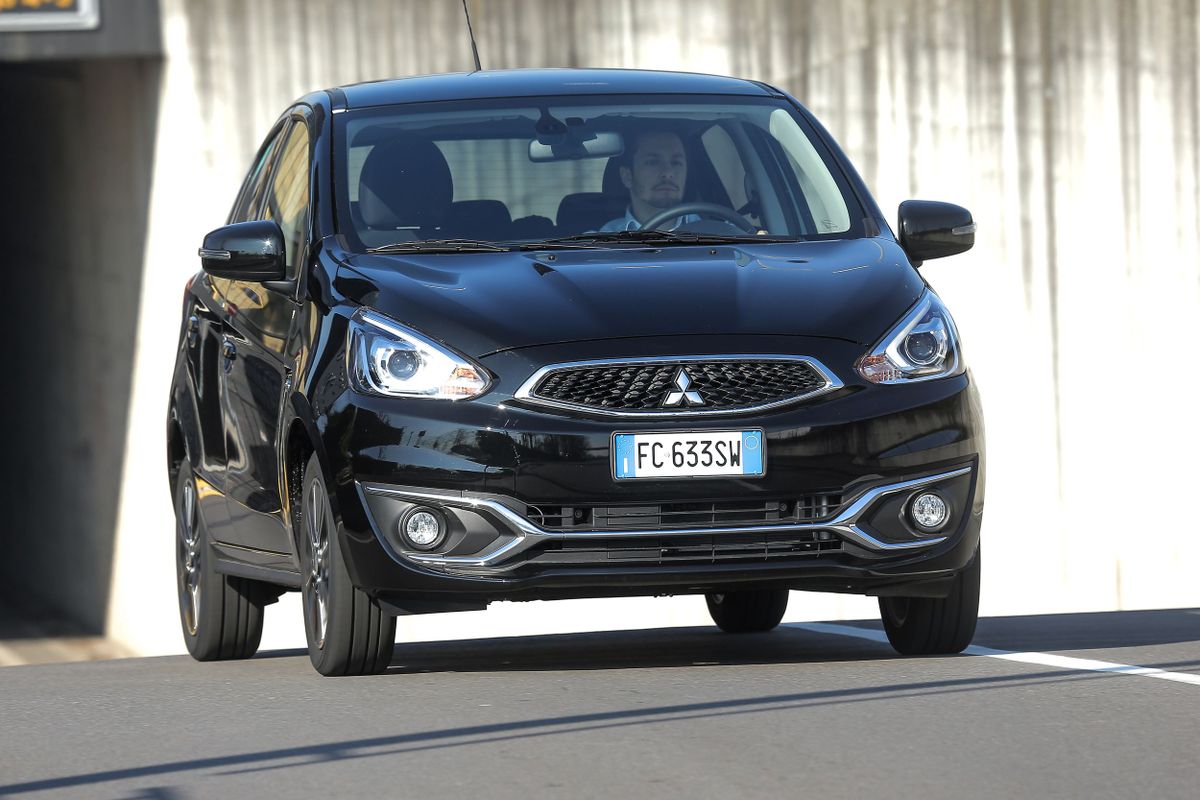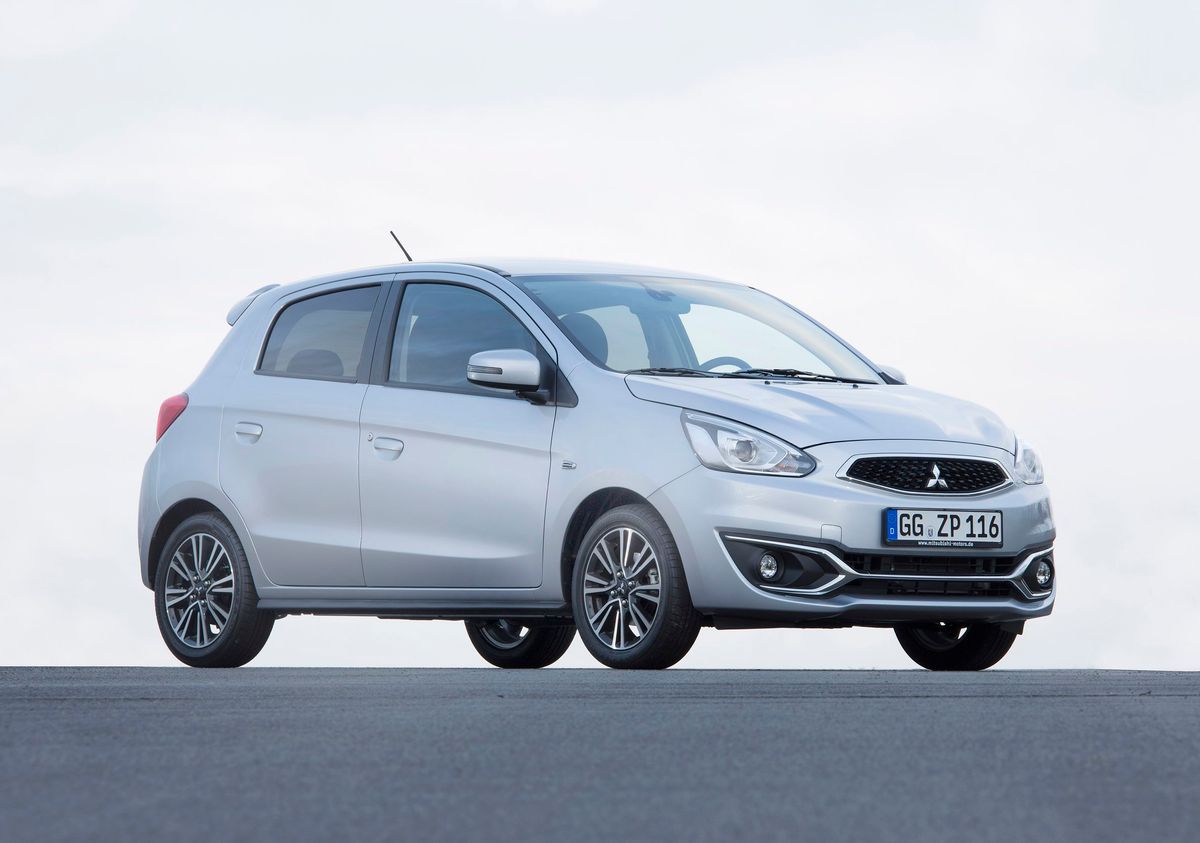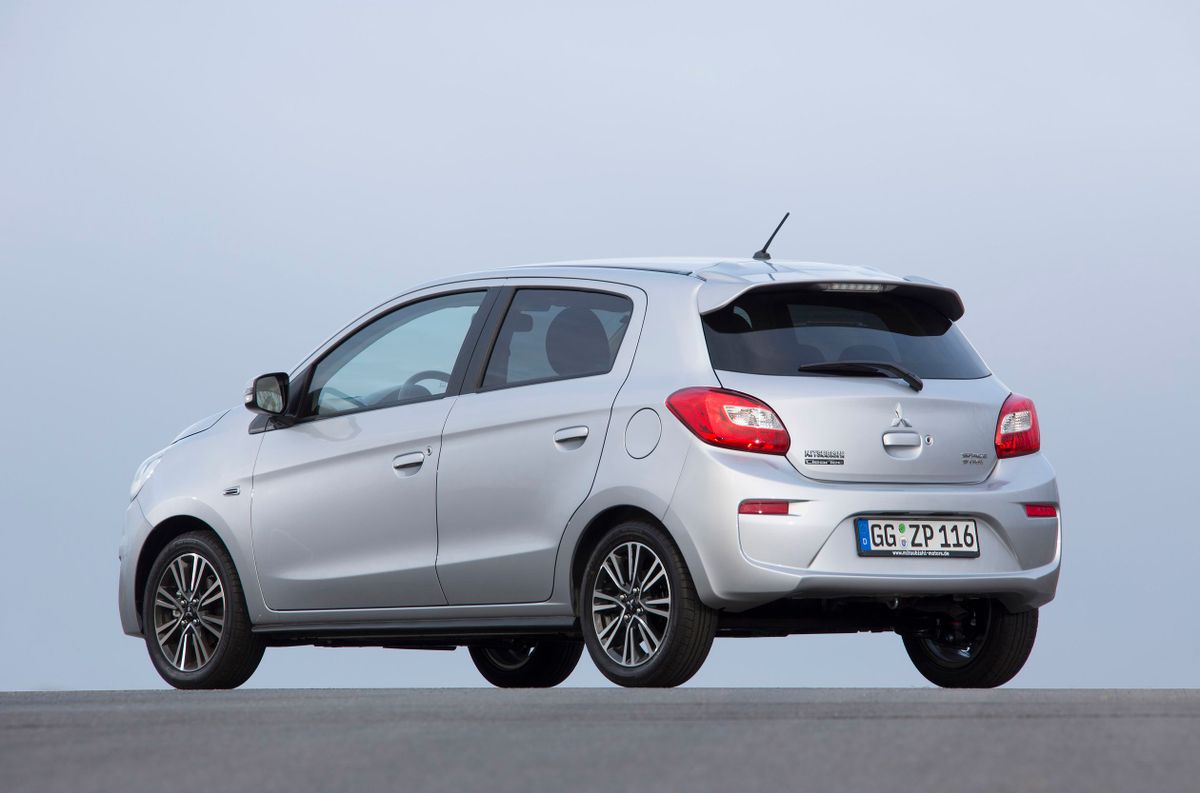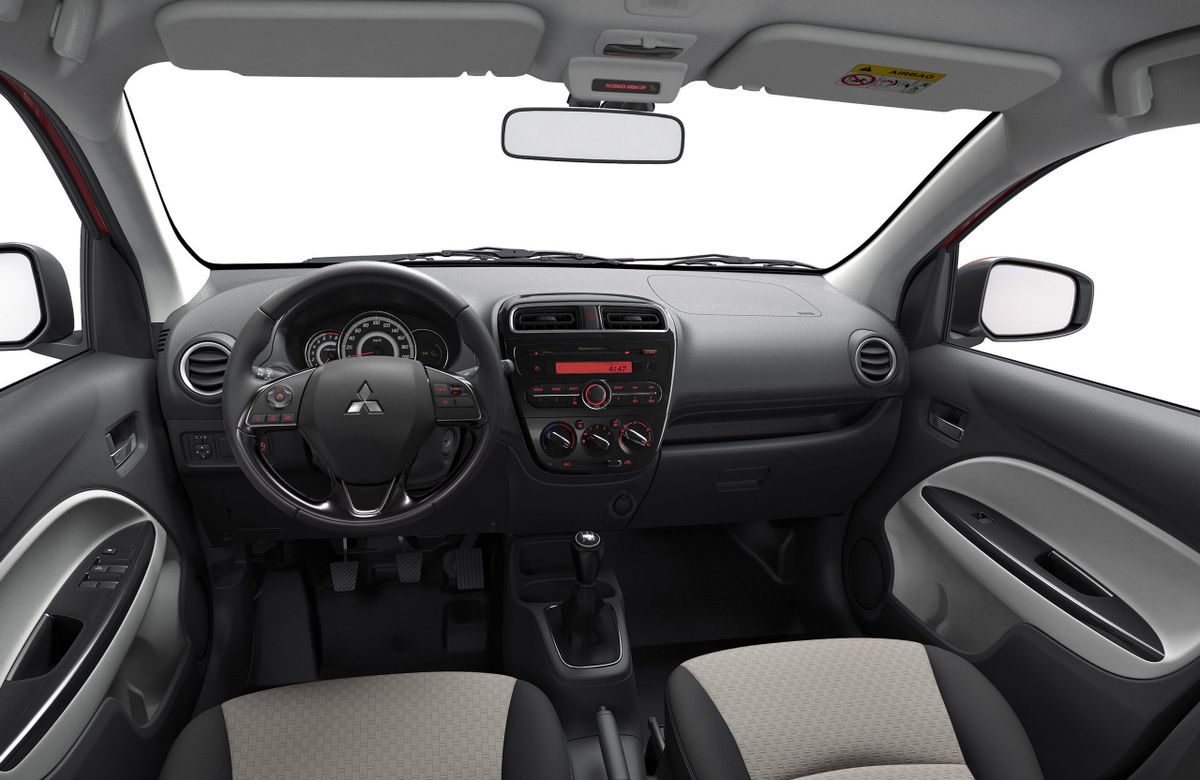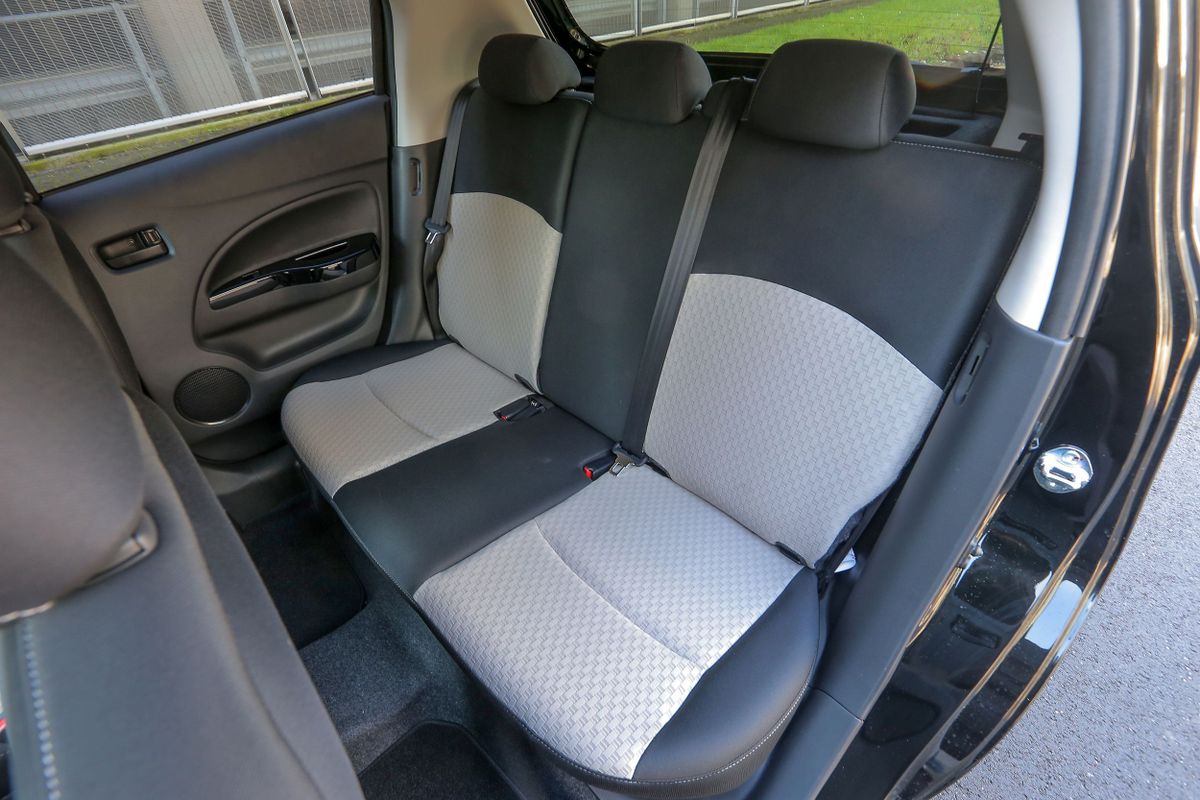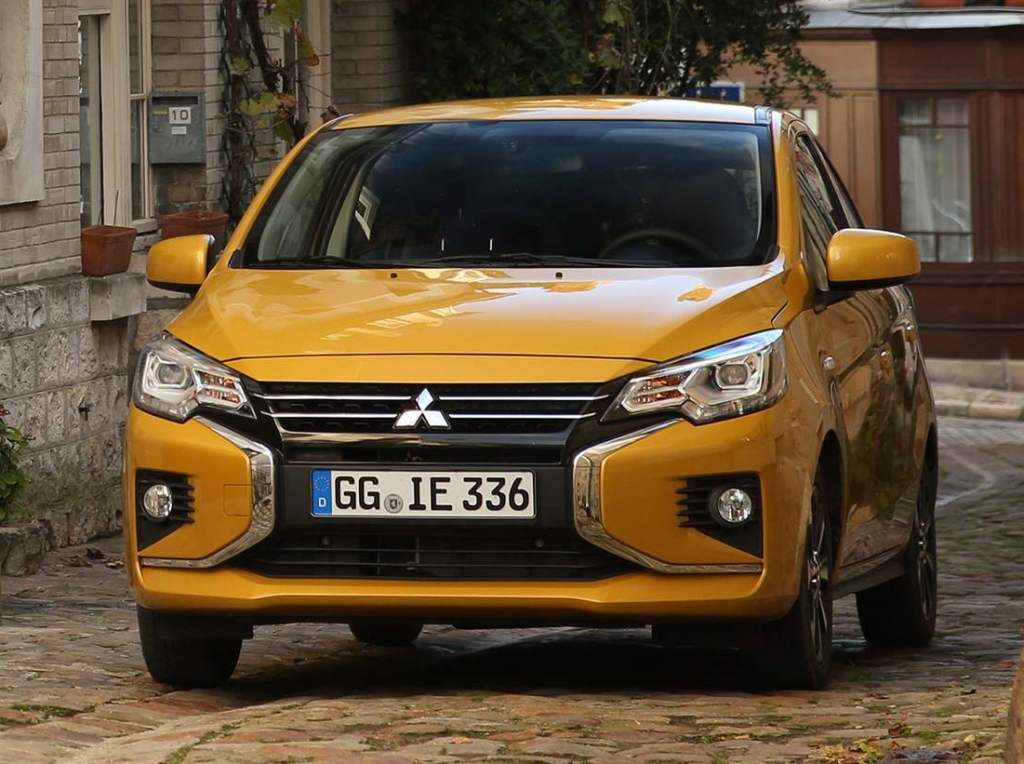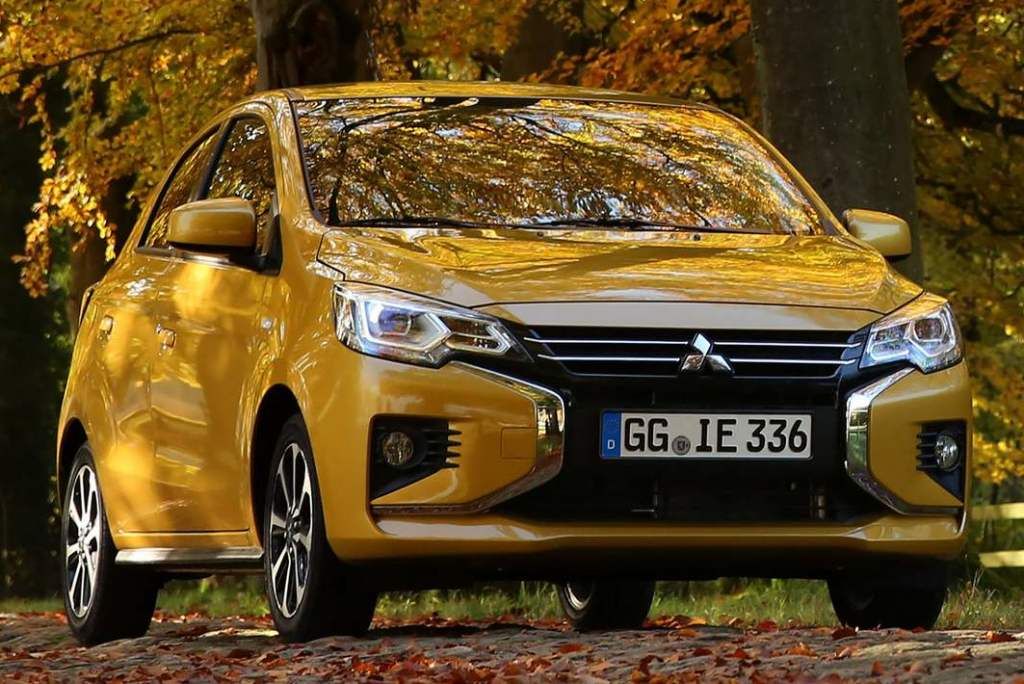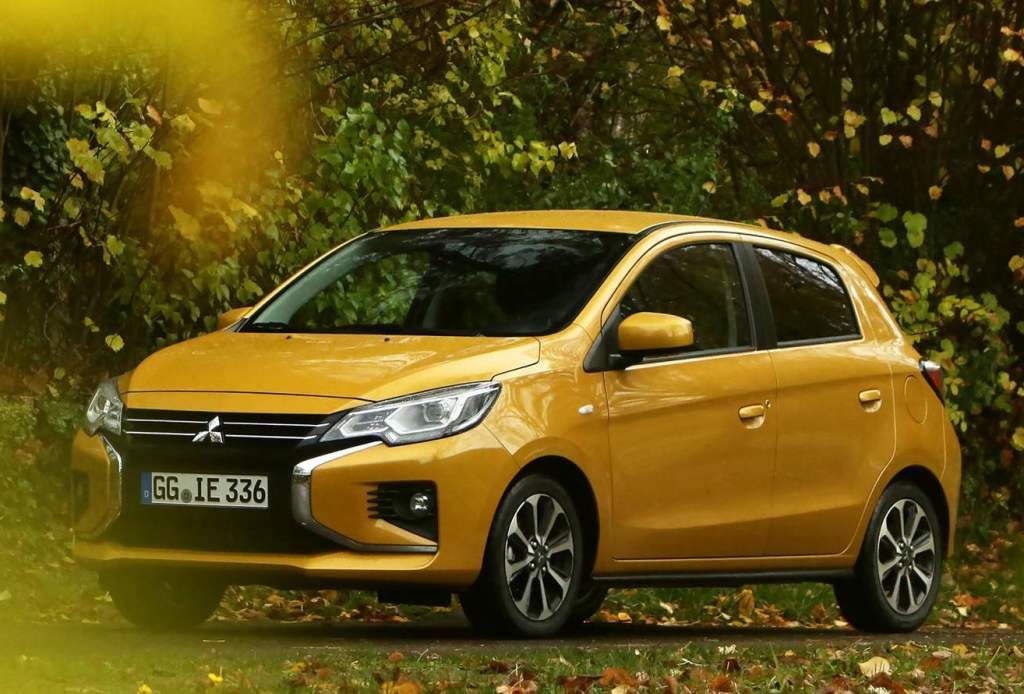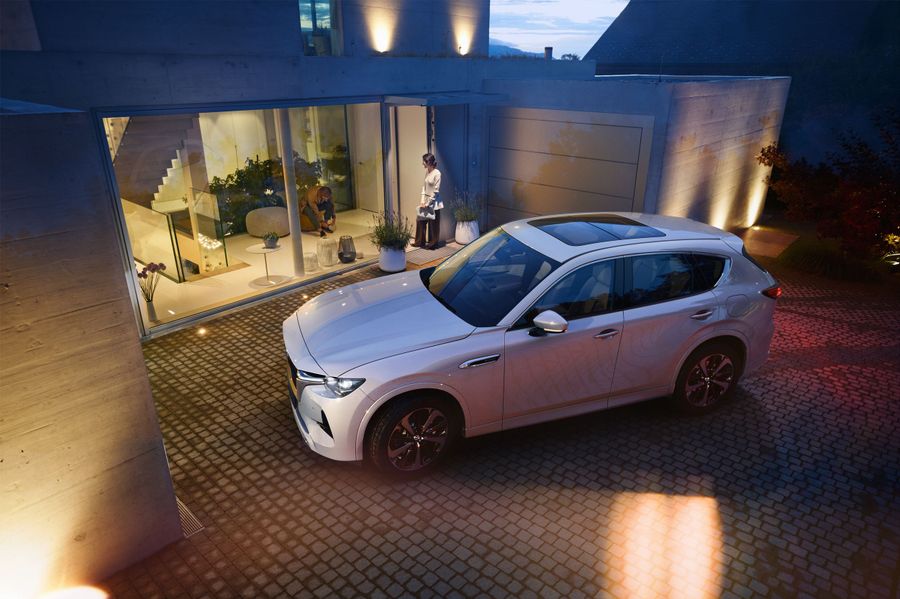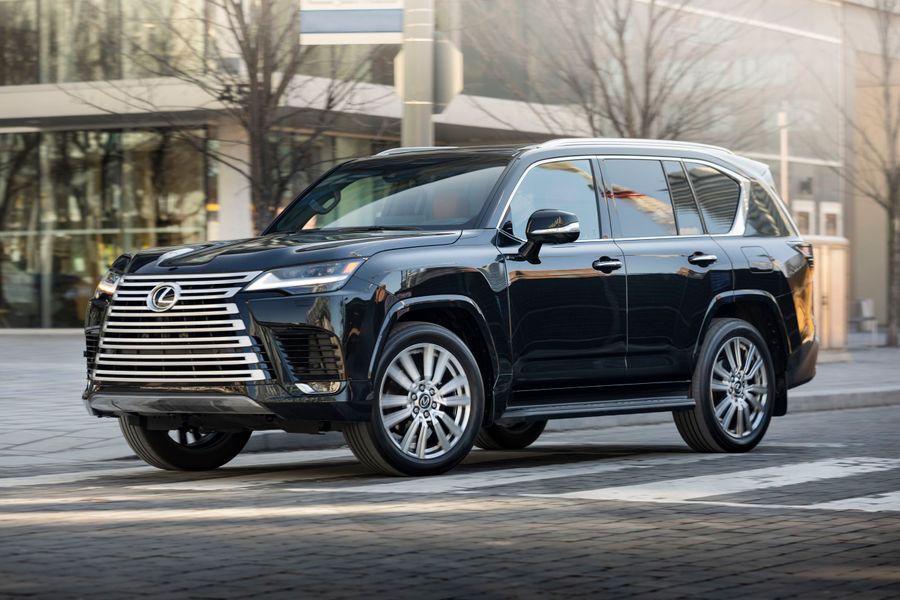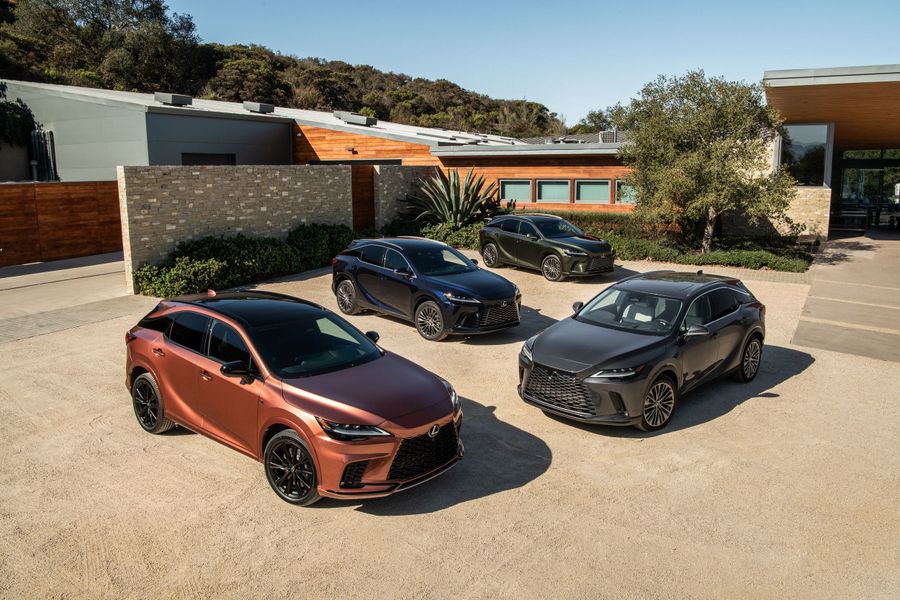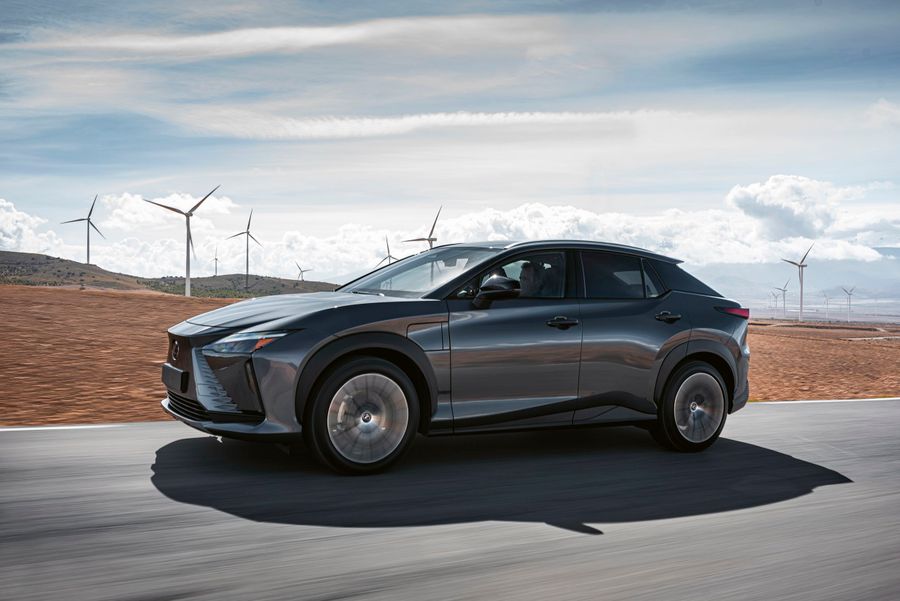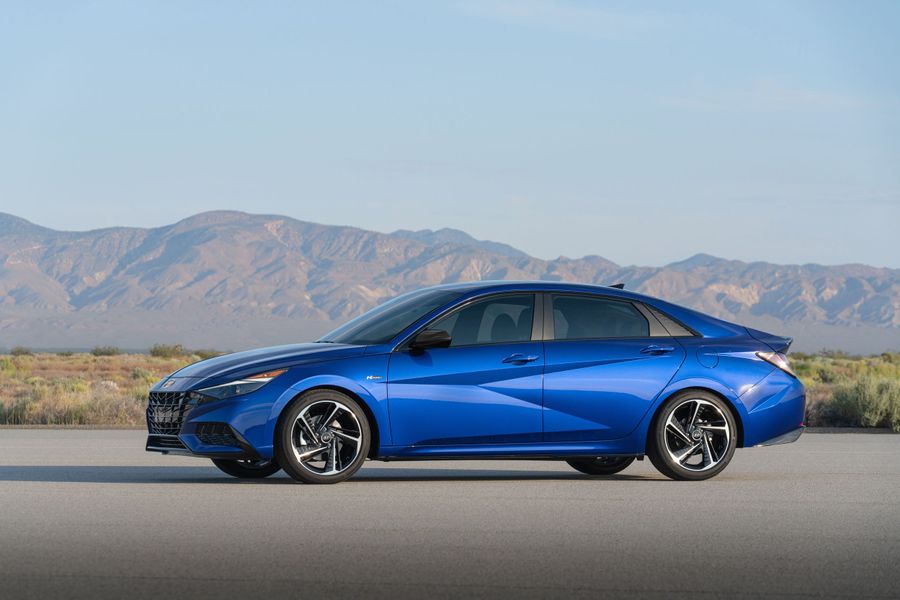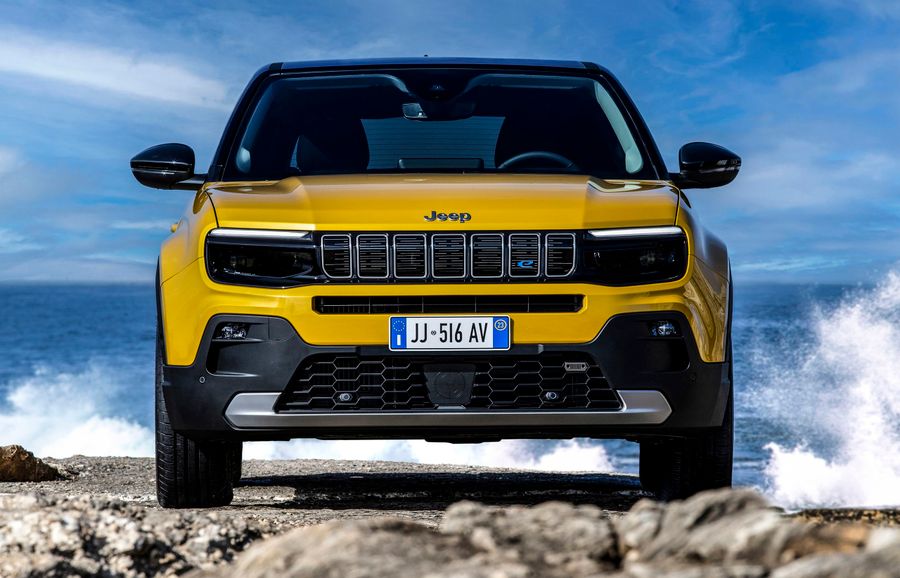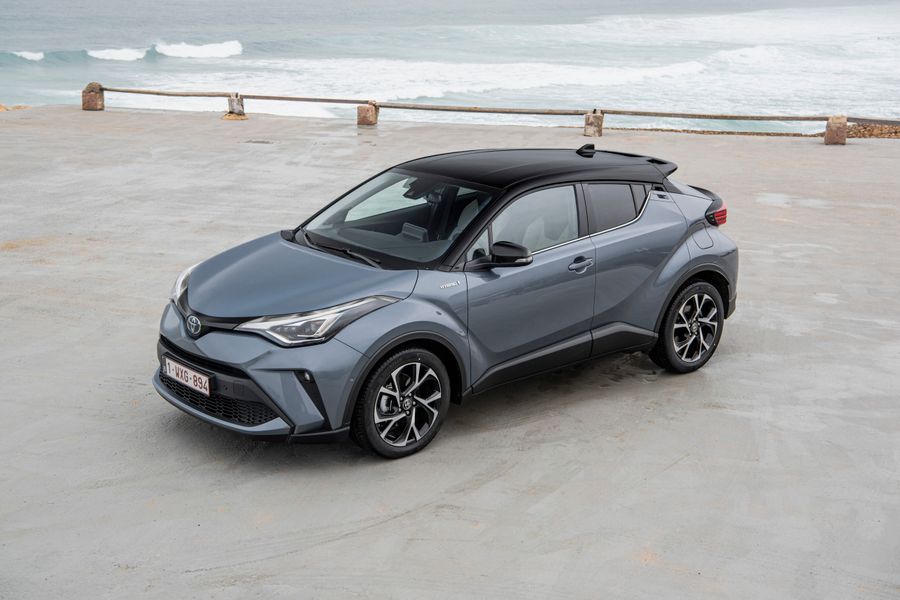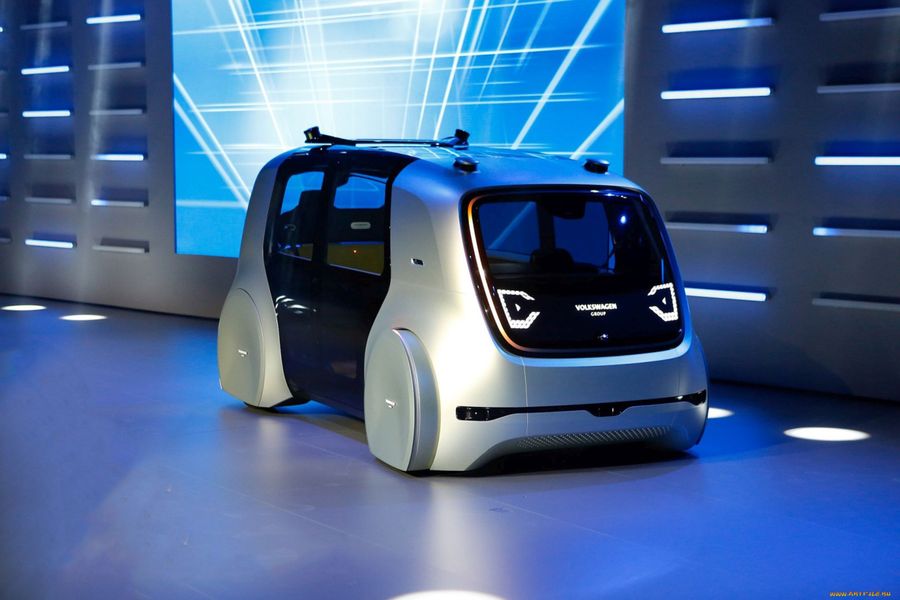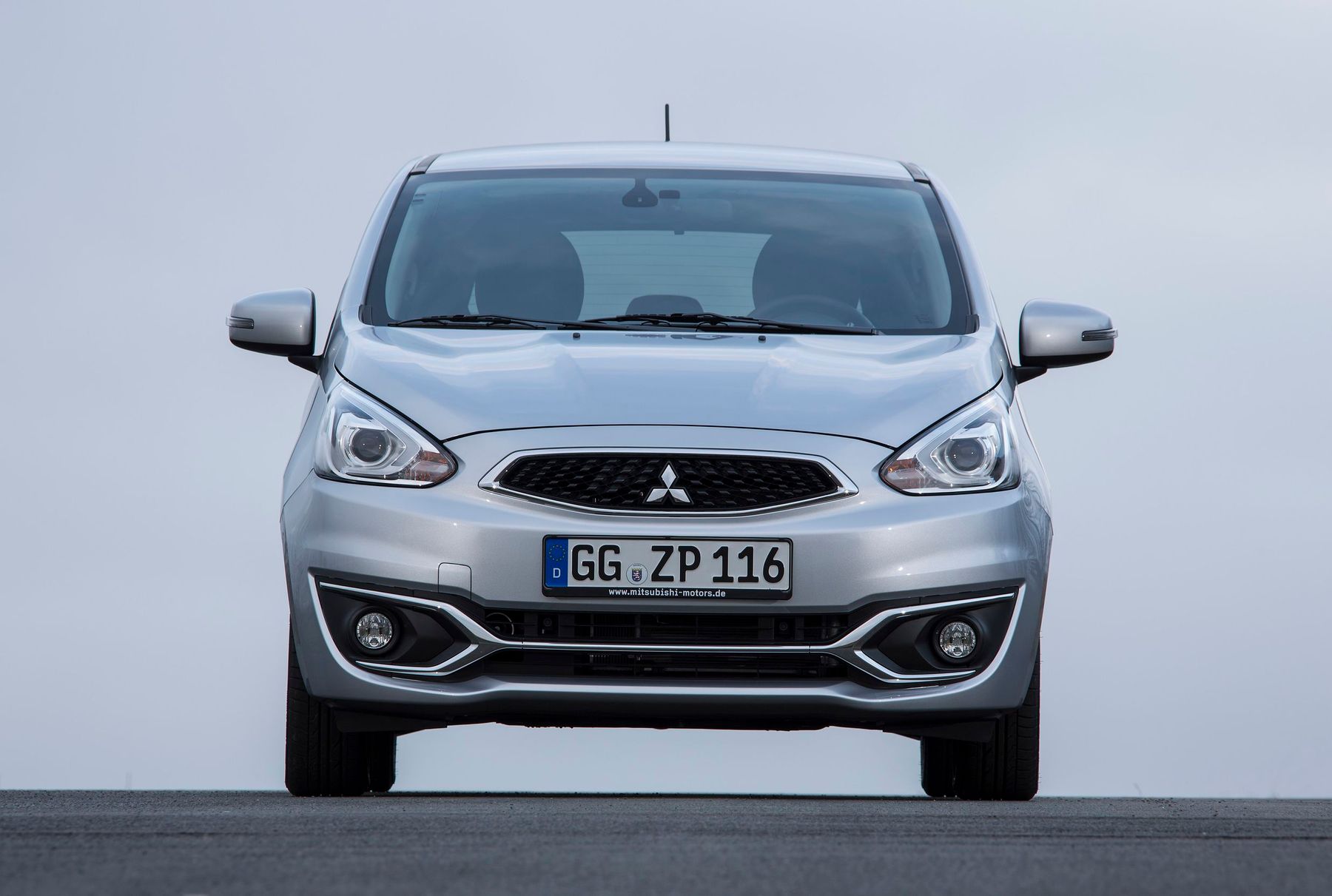
Four meters of starry space
The Mitsubishi Space Star is a compact car produced by Mitsubishi Motors (Japan) since 1998. It is available in compact van and 5-door hatchback bodies. In 2021, Israeli buyers can purchase the second generation hatchback after the 2016 restyling.
The first generation
The Mitsubishi Space Star is a compact five-door model introduced in 1998. The first generation was produced until 2005 and was restyled in 2002. The car is an analogue of the fifth generation of the Japanese model called Mirage. When creating the car, Mitsubishi Motors wanted to make it inexpensive, fuel-efficient and environmentally friendly. For this, they decided to make the body light and aerodynamic and equip the car with efficient engines.
Exterior
Diligent efforts to reduce weight, including the use of high-strength steel in the body, paid off. In some markets, the car became the lightest in its segment. Another goal was to reduce air resistance. As a result, the car received the lowest drag coefficient in its class: depending on the options, the coefficient value was between 0.27 and 0.31.
So, the compact van debuted at the 1998 Geneva Motor Show. The model was produced in the Netherlands at the NedCar plant. That plant also produced the Mitsubishi Carisma sedans based on the same platform as the Space Star. Considering the modest dimensions of the car, its name is perceived as a joke of the manufacturers.
The body type raises some questions. In many markets, starting from the country of origin, the car is sold as the Mitsubishi Mirage and is positioned as a hatchback. The small overall height of the Space Star (only 1,520 mm) indicates that this is hardly a large-capacity car. However, compared to conventional hatchbacks of similar sizes, the Space Star is more functional and therefore can still be classified as a compact minivan.
Considering the modest dimensions of the car, its name is perceived as a joke of the manufacturers.
The car was 4,030 mm long and 1,715 wide. It had the wheelbase of 2,500. The ground clearance was standard, amounting to 150 mm, while in some countries it was increased to 170 mm. With a modest body length, the trunk turned out to be small and equaled to 370 liters. The rear seat had folding backrests, making it possible to increase the trunk volume to 830 liters. The car was for five people.
Power trains and chassis
The Space Star was equipped with 1.3 liter (80-86 hp) and 1.6 liter (98 hp) petrol engines, as well as with a more powerful and fuel-efficient progressive 1.8 liter GDI engine due to the direct fuel injection system (121 hp). Direct injection engines were installed only on models for the domestic market, with the exceptions of the Space Star and Carisma. The fact is that the Japanese considered the quality of European fuel to be insufficiently high. All engines were inline-four. In the basic version, the compact van had a five-speed manual transmission, and a four-speed automatic transmission was available for 1.6 and 1.8 modifications. The automatic transmission was nothing more than an intelligent adaptive box INVECS-II, a very reliable unit with manual mode. It was installed on several Mitsubishi models, and all of them were of a higher class.
The chassis had a fully independent suspension structure: the MacPherson strut at the front and a multi-link suspension at the rear. This scheme was low-cost in production and provided a good steering response, although the cars of a similar class were often equipped with a simpler and stiffer rear semi-independent axle suspension. It was safe and comfortable to drive the car, and steering was responsive and easy. The car that understeered slightly, which could be easily corrected by venting of gas and steering. The rolls are too big, but quite acceptable for this car. This was more than compensated for by the excellent travelling comfort: the suspension imperceptibly swallowed all small irregularities. Plus, the car was equipped with ventilated disc brakes.
Equipment
Options were standard for those years: ABS and EBD brake force distribution system, two airbags, air conditioning, an audio system with 4 speakers and ‘glass-mirrors’ power pack.
2002 restyling
However, despite all of the advantages of the model, even for those years, the exterior of the Space Star was simple and rather boring. It was improved in 2002 after the restyling. The car acquired new optics: separate blocks from the headlight and direction indicator were replaced with a single headlight. The shape of the front bumper, radiator grille and fog lights were changed. The color of the brand badge became silver instead of red.
The interior was finished with new materials, the colors of which were chosen so that the interior looked more serious and more expensive. The new steering wheel (diameter was reduced from 386 to 370 mm) was beautiful and handy. Just as before, it was slightly inclined forward and was regulated only by the angle of inclination. The seats were completely mechanical with the possibility to set the height of the cushion and the angle of the backrest, including a very long range of longitudinal adjustment.
In 2008, the compact van took 10th place in the reliability rating of used cars according to the German magazine ADAC.
The engine range was changed after the restyling. Instead of a 1.8-liter engine, the manufacturer started equipping its compact van with the engine of the same volume, but without direct injection. It is clear that its power was lower and reached 112 hp. The range of engines now included a 1.9-liter diesel DI-D engine (101 hp), which was modernized a year later and could accelerate to 115 hp. The 1.3- and 1.6-liter engines with 82 and 98 hp, respectively, remained the same. The adaptive INVECS-II automatic transmission, not typical for a model of this class, was also kept.
The manufacturer stopped releasing the Mitsubishi Space Star in April 2005. And until 2012, there was a break in the history of the model (and the original Mirage!), as the the niche was occupied by the Mitsubishi Colt. But fans did not forget their four-wheeled favorite, and in 2008, the compact van took 10th place in the reliability rating of used cars according to the German magazine ADAC.
The second generation
In 2012, Mitsubishi Motors renewed the production of the Mirage model of the sixth generation. The Japanese manufacturers did not forget about Europe, where the name Space Star was customary. It was forgotten in seven years, and they thoroughly worked on the revival of the model, completely changing the concept and class of this car. It all started, of course, with the show and the concept car. The car was unveiled at the 2011 Geneva Motor Show. The production car was shown at the 2011 Tokyo Motor Show, the 2012 Bangkok Motor Show and the 2013 Montreal International Salon. The Mirage and its twin Space Star were sold in all parts of the world.
In 2013, this car together with another compact car (Attrage sedan), created on the same platform, entered the European market. Both models were primarily designed for the needs of Asian markets. For this purpose, the manufacturers made them compacted, even for the ‘B’ segment, and equipped them with 1 and 1.2 liter (3-cylinder) engines.
Exterior
First of all, it shall be noted that the Space Star has become a hatchback. The completely new body design was more attractive and modern. The buyer could choose eight rich body colors: Kiwi Green, Thunder Gray, Sapphire Blue, InfraRed, Cloud White, Starlight Silver, Plasma Purple and Mystic Black.
The new hatchback Mitsubishi Space Star acquired a simple, pretty design with a rounded front face and an arched roof that ended with a large spoiler above the tailgate. The smooth, ‘blurred’ body had a very low aerodynamic drag coefficient (0.27), which made it stand out among the models of the same class.
Interior
The interior looked surprisingly solid: stylish central air ducts, black lacquer finish, space for the installation of a navigation system, a climate control unit with a display, a dashboard equipped with a tachometer and complemented by a multifunctional on-board computer display, as well as an eco-assistant indicator to maintain a fuel-efficient ride. The seats were well supported and the steering wheel was tilt-adjustable.
The interior was 1,870 mm long, 1,390 mm wide and 1220 mm high, which was enough for this class, but only two people could sit comfortably in the back. The trunk volume was only 235 liters. The rear seat folded down in parts. The interior had many compartments for things, and there was an additional compartment in the boot floor.
Power trains and chassis
The compact hatchback was equipped with a 1.2 liter (1,192 cc) engine, producing 78 hp (6,000 rpm) and the torque of 100 Nm (4,000 rpm). It consume from 4 l/100 km on the highway. The Asian versions were equipped with 3-cylinder Twincam engines with a working volume of 999 cc. The variable valve timing mechanism allowed getting the power of 69 hp at 6,000 rpm and the maximum torque of 86 Nm at 5,000 rpm. Thanks to the Auto Stop & Go idle stop function, these engines consumed less than 4 liters per 100 km, which was almost a record figure that exceeded the 2015 fuel efficiency standard by 20% and exempted customers from taxes. With both engines, the hatchback was equipped only with a CVT. The transmission had an INVECS-III adaptive control system and six virtual gears. The hatchback was only front-wheel drive.
The engine consumed less than 4 liters per 100 km, which was almost a record figure that exceeded the 2015 fuel efficiency standard by 20% and exempted customers from taxes.
As for the rest of components, the Japanese chose simplicity. Like most subcompact cars, the Mitsubishi hatchback was equipped with an independent front suspension (MacPherson strut) and a semi-independent rear suspension (torsion beam). There were 165/65R14 or 175/55R15 tires, which made it possible not to notice minor irregularities in the road. The brake system was combined: front ventilated disc mechanisms and rear drums. The body was only 3,710 mm long, 1,665 mm wide and 1,505 mm high. The wheelbase of the hatchback was 2,450 mm, which was not little, given the relatively small front face of the car and the almost minimal rear overhang. At the same time, the car had a small turning radius: 4.4 meters. The ground clearance was the same, 150 mm.
Equipment
The car was equipped with modern systems that increased driving safety. Anti-lock braking system (ABS) with electronic brake force distribution (EBD) was fitted as standard. A complete package included side and curtain airbags along with the two standard front airbags. In 2013, an adjustable headrest was added to the center rear seat. Active Stability Control (ASC), which was offered as an option, became standard since 2014. The manufacturer additionally offered keyless access and start, an external body kit, fog lights and a box between the front seats, a rear-view camera.
During its years of release, the Mitsubishi Space Star was successful. Tens of thousands of cars were sold.
2016 restyling
Mitsubishi Motors unveiled the facelifted 2016 Mirage at the 2015 Los Angeles Auto Show. The car has acquired a new design of the front face, LED daytime running lights and the rear lights with diodes. The European 2016 Space Star practically does not differ from the upgraded Asian version of the Mirage, both in terms of exterior and interior. Instead of smooth and sleek shapes, the exterior is now distinguished by more rigid and more aggressive lines. The interior has also undergone some changes. The body of this generation hatchback comprises an increased content of high-strength steels, due to which the car weighs about 7% less than the models of the same class, while the car weighs only 845 kilograms. The body is now 3.8 meters long, 1.67 meters wide and 1.51 meters high. The wheelbase is 2,450 mm. The trunk volume is only 235 liters. The rear seat folds down in sections, increasing the trunk volume to 912 liters.
After restyling, the little Mitsubishi had only a powerful version with a 1.2-liter 3-cylinder petrol engine. The hatchback was equipped with a CVT or 5-speed manual transmission. The engine comprised a proprietary MIVEC variable valve timing system, provided a maximum power of 78 hp (at 6,000 rpm) and a maximum torque of 100 Nm (at 4,000 rpm).
The interior was still finished with cheap materials and had a mediocre sound insulation. But the car was equipped with an FCM-City automatic braking system to reduce damage in a collision at low speeds (from 5 km/h to 30 km/h): a laser radar detected a vehicle that had stopped in front and, if there was a possibility of a collision, the system slowed down the car until it came to a complete stop.
2019 restyling
The 2019/2020 Mitsubishi Space Star is equipped with a 1.2-liter three-cylinder 80-hp engine with Start & Stop and Eco Drive Assist systems. This engine can be coupled with both a five-speed manual transmission and an infinitely variable transmission. Depending on the modification, the car consumes about 4.2-4.4 liters of petrol per 100 km. Moreover, the Space Star’s suspension has acquired new shock absorbers and springs, the front and rear brakes have been improved: they are now bigger and have new, more efficient pads. As standard, the car is equipped with the 165/65 R14 low rolling resistance tires.
The car is very fuel-efficient, which makes it one of the most eco-friendly in the class. The expensive version is well-equipped.
The basic equipment comprises manual air conditioning, front power windows, height-adjustable driver’s seat and tilt steering. The rear seat folds down in parts. More advanced version of the hatchback is equipped with electric mirrors, a rear spoiler, an audio device with 4 speakers and an AUX input (there are only 2 speakers for audio preparation in the basic version). The hatchback comes standard with front and side airbags, head protection curtains, ISOFIX mounts, head restraints and three-point belts for all seats. The basic set also includes an anti-lock braking system with electronic brake force distribution and emergency braking assistance, electronic stability control and traction control.
The top version can be equipped with alloy wheels, xenon headlights and fog lights, power rear windows, heated side mirrors, a height-adjustable passenger seat and automatic climate control. The interior features a new steering wheel (HVAC system), a touchscreen system, Apple’s CarPlay interface, and a Rockford Fosgate audio system. The 2020 Mitsubishi Space Star is very fuel-efficient, which makes it one of the most eco-friendly in the class. The expensive version is well-equipped. However, it obvious that materials are quite cheap, sound insulation and body rigidity could be better. When choosing, it is required to remember about a small trunk, low ground clearance, and a weak suspension.


